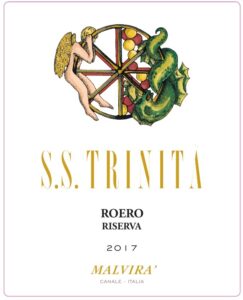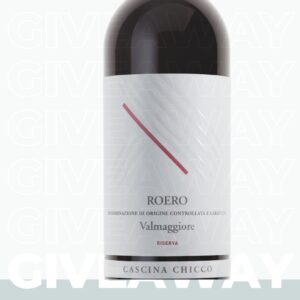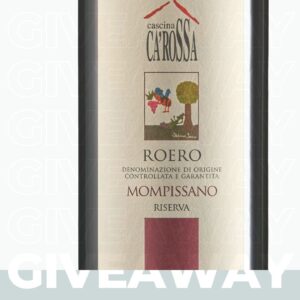A few weeks ago, experts, wine enthusiasts and the press gathered in the charming town of San Gimignano on February 16th to taste not only the new vintages of Vernaccia di San Gimignano, but also the reserve wines not yet released on the market. 41 wineries and 96 wines were presented to the Italian and international press at the De Grada Museum of Modern and Contemporary Art, in the historical centre of San Gimignano.
The following two weekends the wines were also presented to 200 wine trade and wine enthusiasts at the Rocca di Montestaffoli, home of the Vernaccia Wine Experience. Here we had the extraordinary opportunity to meet the “unique, noble and rebellious” White Queen Vernaccia di San Gimignano! This is the only DOCG white wine to be produced in Tuscany where illustrious reds such as Brunello, Vino Nobile di Montepulciano and Chianti Classico usually take centre stage. United by a great passion for this grape and territory, the Consortium celebrated its 50th anniversary last year. It continues to support those who are the custodians and greatest interpreters of an age-old white wine tradition.
During this year’s event, Master of Wine Gabriele Gorelli conducted a Masterclass called “Timeless Vernaccia” with a vertical tasting of vintages going back as far as 1997, which was a wonderful chance to experience the results achieved with this grape over time and appreciate the longevity of the wines. The President of the Consortium described the latest vintage as a record year due to the continuing drought and high temperatures: “These did not, however, prevent Vernaccia di San Gimignano from reacting masterfully, once again, to the year’s climatic challenges, proving that this ancient, native grape variety has evolved in perfect harmony with its terroir.”
The Ancient Hills

As the cradle of white wine production in Tuscany, San Gimigano’s territory is situated completely on hills with variable exposures and altitudes of between 200 and 400m above sea level. Its ancient soils have high concentrations of fossils, shells, calcareous sediments, and clay. This composition is ideal for producing vigorous and mineral-driven white wines, and the unique combinations of all these factors, even in such a small area, make the wines produced in this denomination extremely fascinating and complex. Vernaccia is an ancient grape that, although grown throughout Italy, thrives particularly well here in San Gimignano which has become its spiritual home. Vernaccia di San Gimignano was the first Italian wine to be granted DOC status in 1966. It was elevated to DOCG status in 1993, confirming its role as the leading white wine in Tuscany.
San Gigmignano, An Alluring Wine Destination
Almost half of San Gimignano is dedicated to farm production (vineyards, olive groves, fruit orchards and grains). It is a place where man and nature have lived together for centuries in a mutual relationship of respect. Tucked away in the Tuscan countryside, San Gimignano warmly welcomes wine enthusiasts from all over the world. It is located almost halfway between Florence and Siena (about 60 and 45 km) and is easily reachable by car or by bus. Historically the town was a place loved by important nobles and political figures of the past who left a trace of their passage, enriching this unique place with culture and art. It is known as the “Town of Towers” because in the first centuries after 1000 AD it was embellished with seventy towers and numerous palaces, built by the many wealthy families to display their wealth and power. Today 14 towers remain to create an unmistakable silhouette overlooking the surrounding Tuscan hills.


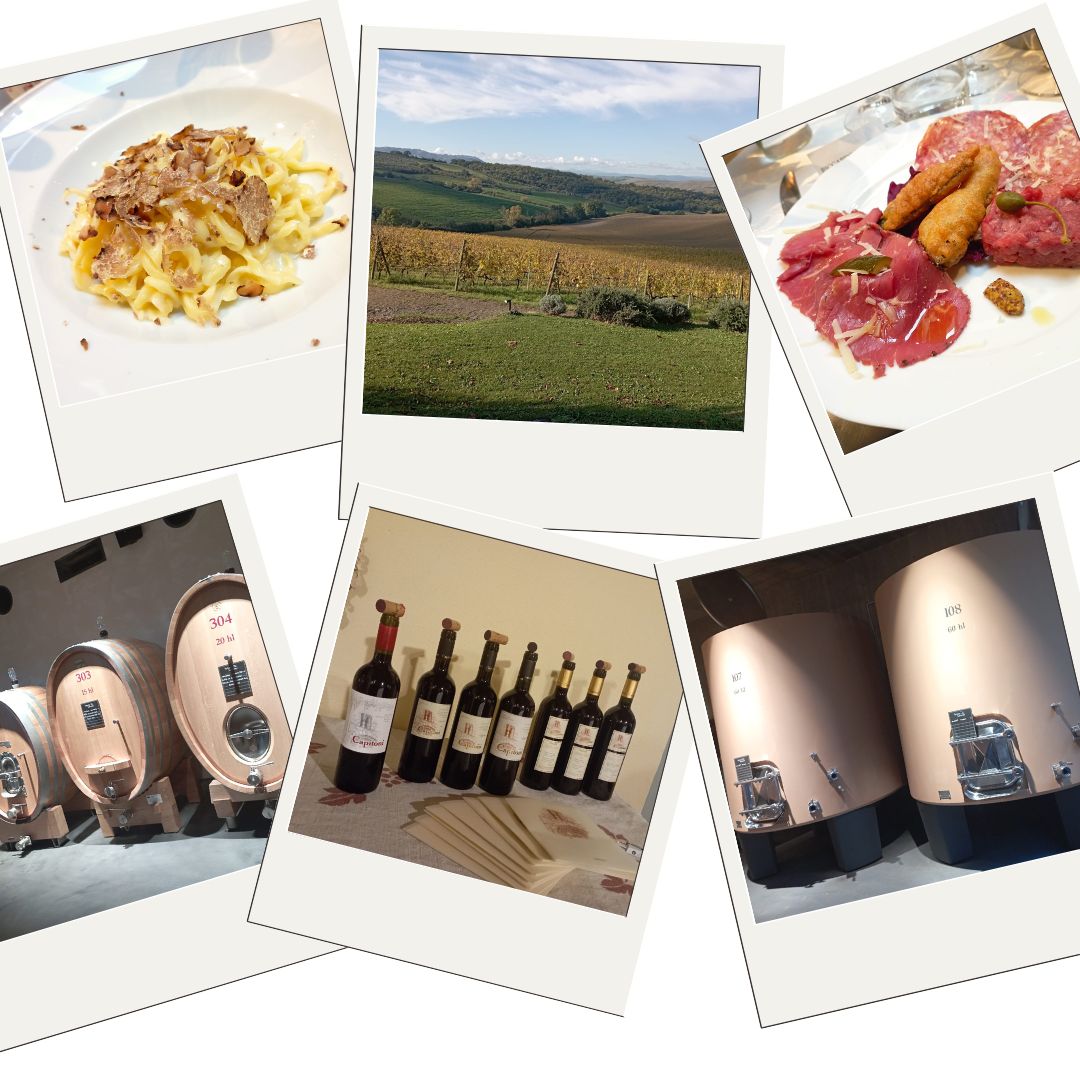
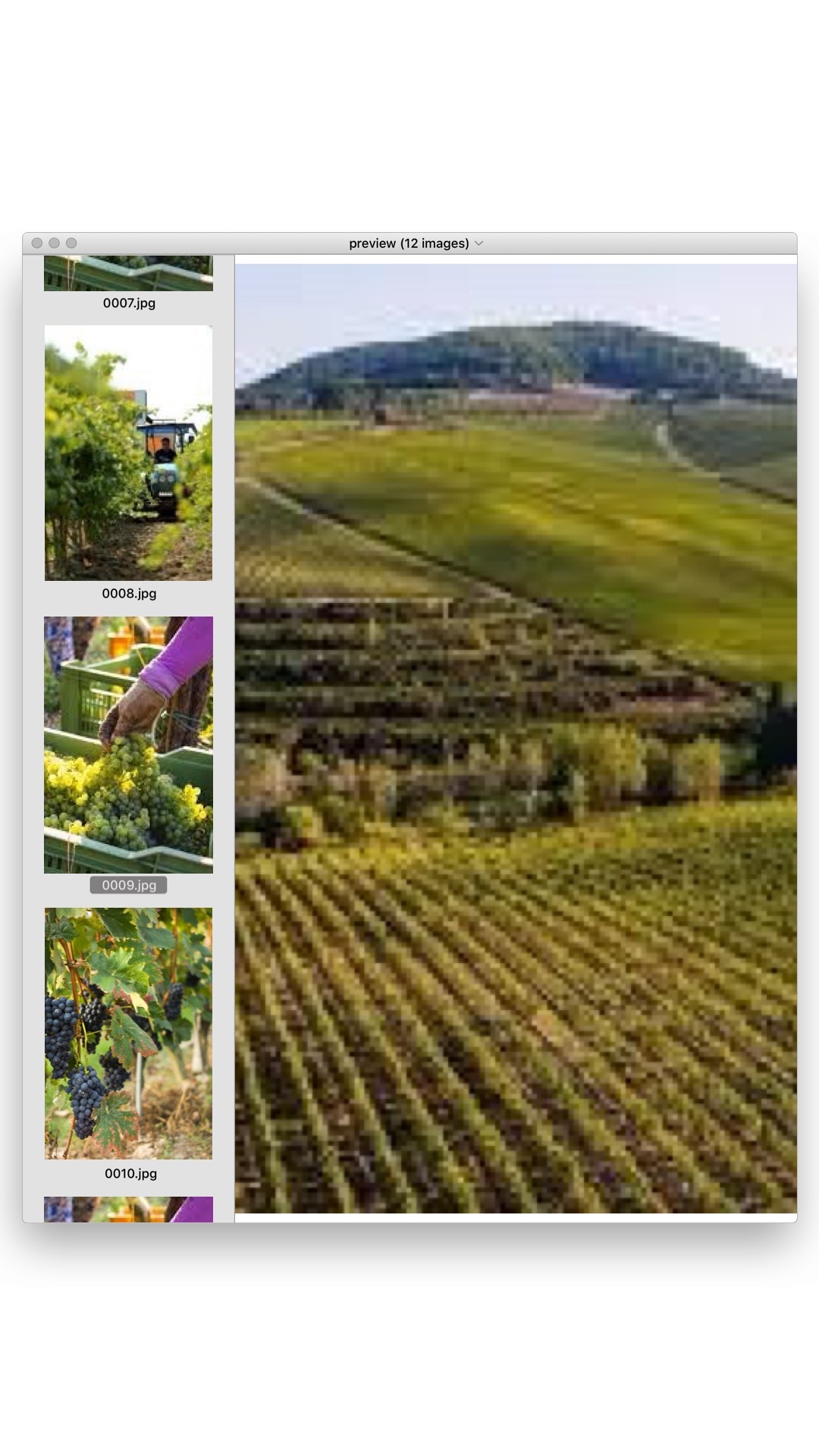
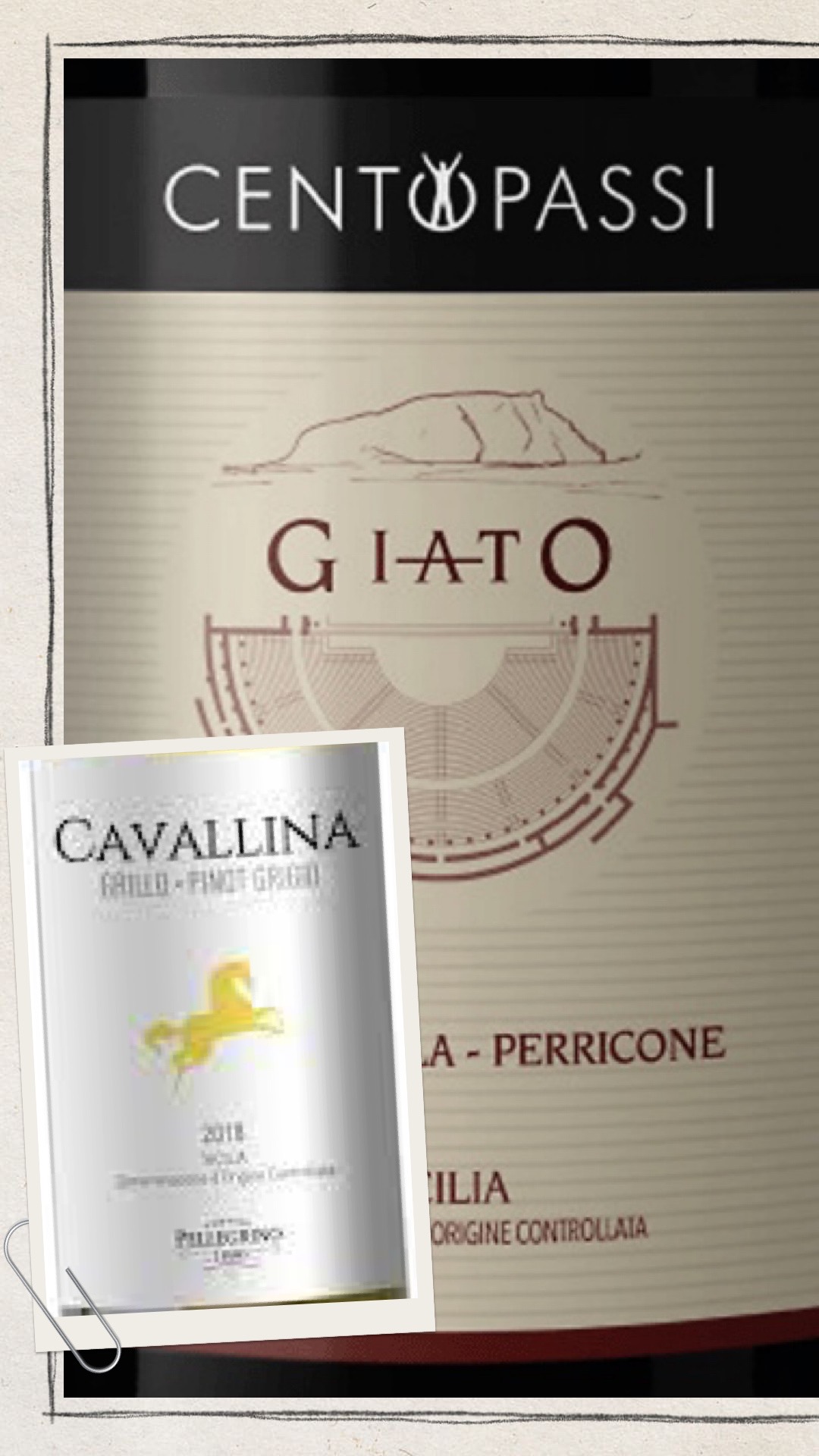
![Nebbiolo, a milestone for exploring the magnificent wines of Barolo, Barbaresco and Roero wine destinations [Part 1] – Filippo Magnani](https://www.liz-palmer.com/wp-content/uploads/2021/04/White-Travel-Instagram-Story.jpg)



